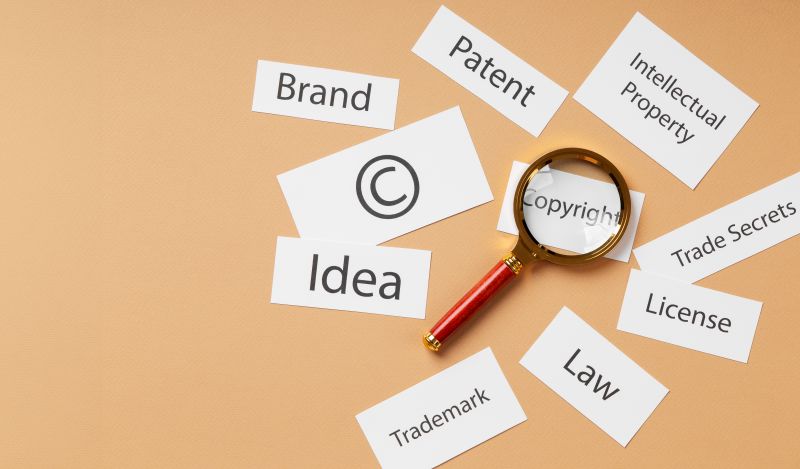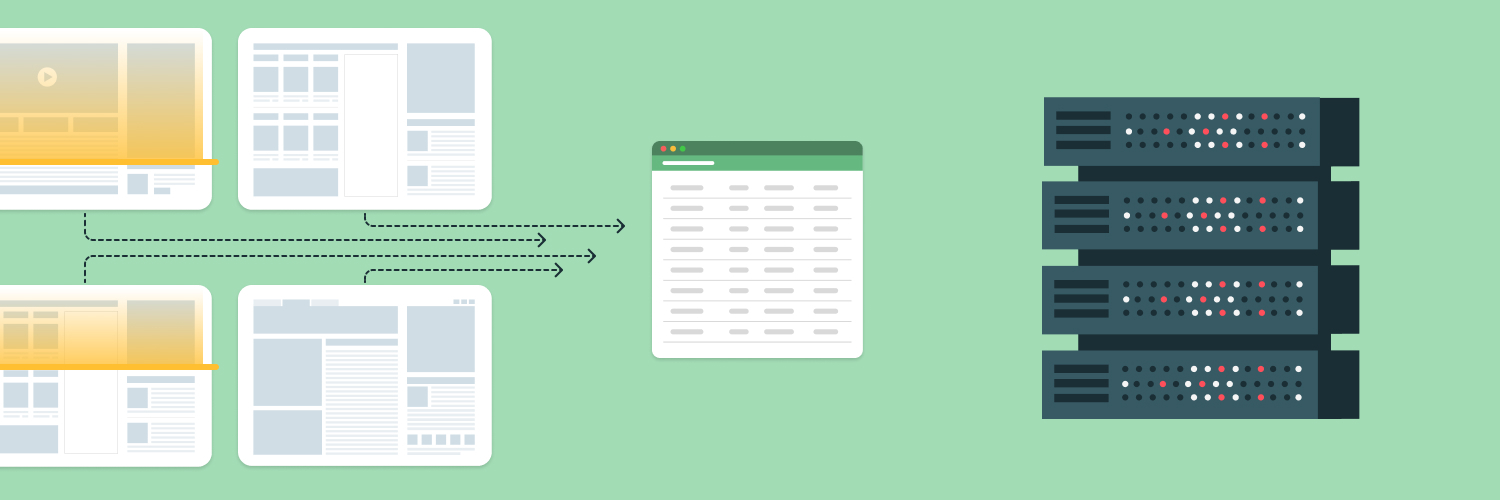Implementing Online Brand Sentiment Analysis
Monitoring what people say about your brand is one of the most interesting changes in how companies manage their business success to come out of digital marketing. In recent years, it’s changed even more, allowing technology, including artificial intelligence (AI), to provide brand sentiment analysis, a deeper look at not just what people say but what they mean.
Looking For Proxies?
Residential, datacenter, mobile… we’ve got everything you need!

Implementing online brand sentiment analysis for your business is critical if you plan to remain competitive. There are various ways to achieve this, such as using existing brand mention tools and available brand sentiment analysis tools. You can (and should) also consider the value of implementing your own custom-built tool utilizing web scraping to get a far better reach and a more precise outcome. Utilizing these tools, companies gather actionable insights they can use to transform the way they market and build their business. Let’s dive into what you need to know to be successful.
What Implementing Brand Sentiment Tracking Means

The implementation of online brand sentiment analysis is a process that uses a combination of natural language processing (NLP) as well as machine learning to analyze public sentiment about your company’s brand. You can pull that information from various types of online sources, such as social media, blogs, news reports, and customer reviews.
Brand sentiment refers to the emotions or feelings that a brand inspires. While often customer-focused, brand sentiment can also be a helpful tool for analyzing public perception and employee insights. For this guide, we will focus on the overall impression people have of your brand.
There are numerous reasons why brand sentiment analysis is so critical to companies:
- Know the value of your brand. It is a way to measure an intangible asset that is critical to building your company. It is otherwise very challenging to put a value on or even fully understand how people perceive and view your brand without using a tool like this.
- Handle negative concerns faster. With brand sentiment analysis, you can capture insights about the negative feelings people have about your brand sooner. That allows you to then make changes faster, reducing the financial impact of a band marketing campaign or negative press.
- Create actionable changes for your business. Another core benefit is that it allows you to steer your brand into the future. With it, you know what customers are looking for or need and perhaps even can monitor what your competitors are doing to meet those needs.
Brand sentiment analysis gathers information from context clues in natural language. It then organizes those details into one of three feelings: positive, negative, or neutral. To measure brand sentiment, we need a method of analysis that is very specific to your needs. It must enable its use to pinpoint opinions, judgments, and emotions about the brand by using NLP inputs from a wide range of sources.
Should You Use Brand Mention Tools Already Available?

Brand mention tools may or may not be helpful depending on what your objectives are as well as which tool you use. There are some large sentiment analysis tools out there that could be beneficial to those who have the budget for them. These often provide a wide range of features and give you in-depth insights. Are they worth it? They could be if you have the budget and a plan to take those insights and implement change with them. Otherwise, you may not be making the most of the brand sentiment analysis tools.
You may find some brand sentiment tracking tools that are free to use. These are the opposite end of the spectrum in that they do not cost you anything (though some have basic subscription fees for added features). They can be a good option if you want to try out the process and get a feel for what brand sentiment analysis could do. However, these are not necessarily going to provide a lot of accurate insights, and they definitely do not offer very specific or detailed information that is actionable.
Consider a big difference in the tools out there. Mentions are not the same as sentiments. For example, for years, you could have set up a Google Alert, a type of brand mention tool that will alert you whenever your brand’s name displays online somewhere. That is just a mention. To understand what is being said, you need to go back and read through each mention to interpret it. For most companies, that is not feasible.
Larger companies, such as Lexalytics and Brandwatch, could provide you with insights. Hootsuite is another option that is a bit more well-known. These provide an in-depth analysis of those mentions, breaking down the details that are so critical to knowing why people are making statements and what they mean. The problem is that those are somewhat expensive and not always specific enough for the average user.
How to Implement Sentiment Analysis for Brand Monitoring

The value of this process is taking data and analyzing it. To do that, you first need to learn how to get that data. The more accurate, specific, and thorough that data is, and the more on-topic for your specific needs, the more valuable the information it provides will be.
Let’s break down what goes into that process so that you can begin applying brand sentiment analysis to your business objectives.
Start with web scraping. Web scraping is the process of capturing information online, compiling it into a data basis, and then making sense of it. This process extracts data from websites and, depending on the tools you use, will fetch websites, extract information from the HTML code, and provide you with that information. Here is how web scraping works in the most basic process:
- Page request: You request a page using a programming language, such as Python or JavaScript, and a web scraping library, such as Scrapy or BeautifulSoup. This process sends a request to a website.
- Web page download: Once the pay request is received, the server will respond. It sends the HTML content of the web page based on your request. The scraping tool will then download this HTML content.
- Parsing: Now that the content is available, it needs to be parsed so that the relevant details, like brand mentions, can then be found. Parsing libraries, such as BeautifulSoup, enable that process.
- Extraction: After parsing the HTML, it is necessary to extract the specific data points you want, such as those brand mentions.
- Storing or using data: At this point, we can employ the use of brand sentiment analysis tools to help us take all of that data and begin to understand it.
Looking For Proxies?
Residential, datacenter, mobile… we’ve got everything you need!

There are numerous web scraping tools you can use to help you with this process. That includes web scraping APIs that can facilitate the process even more so. We encourage you to implement web scraping automation that will facilitate the process and ensure you can capture all of the details you need.
Implement proxy use. It helps to protect yourself through this process. A proxy service can do that for you. In the above description of how to web scrape, you can see that the first step involves sending a page request. Without a proxy, the target website can see your IP address, and that means it can identify you. This is not always a concern, but with web scraping, you will be capturing incredible amounts of data, doing so numerous times, and placing demands on their network as a result. Having a proxy will protect you through that process.
A proxy works as a middle step between your request and the target website. It changes your IP address to that of the proxy’s IP address, masking who you are and allowing you to continue in the quest for additional information. The end website never knows who you are and that you are requesting all of this information. A proxy service will allow you to continue to access the information you need without actually having to expose your location or IP address.
You can set up a proxy rather easily. Use our residential proxies quick start guide or follow a few steps to configure a proxy within a matter of minutes. This is a safety step that should not be missed as you work towards brand sentiment analysis.
Choosing Brand Sentiment Analysis Tools and Models

Now that you have data, you can start understanding it using company sentiment analysis tools. There are a great deal of sentiment analysis models available, including a few to consider below. The goal of these tools is to classify the sentiment of your content based on it being positive, negative, or neutral. Some of the best brand sentiment analysis tools to help you do this include:
- VADER: VADER is a lexicon-based tool that will measure the intensity of sentiment, such as negative or positive sentiment. It allows you to incorporate rules for handling sentiment intensifiers, such as the use of emojis or intensifiers.
- TextBlob: Textblob is a rather commonly used sentiment analysis model that will return two properties for any given input sentence. It disregards words that it does not have any acquaintance with. TextBlob is a Python library that will provide you with a simple API to access a range of NLP tasks like brand sentiment analysis.
- BERT: Bidirectional Encoder Representations from Transformers (BERT) is a deep learning model that can be fine-tuned to use for brand sentiment analysis, allowing you to take a pre-trained model and make it more specific to your application.
There are additional, more advanced approaches available. These can provide you with more complex brand sentiment tracking and details. For example, Aspect-Based Sentiment Analysis (ABSA) will help you to identify segments that are specific to different components of important parts of your brand analysis. For example, it can help you with analyzing product quality or how well your customers rate your service.
These brand sentiment analysis tools allow you to gain insight into what your dad is telling you about your brand – what positive, negative, and neutral statements are being made and why. Used alongside web scraping to give you the ability to find very specific information you need, company sentiment analysis like this is quite powerful.
The brand sentiment tracking tools will provide you with a dashboard that allows you to see not just bits of data but also analysis. You will see, for example, what customer reviews are overall, as well as trends over time. You can use this information to make better decisions about your business, such as gauging what type of language your marketing campaigns should use to get positive feedback.
When concerns are found from your brand sentiment analysis, you can be proactive about making changes or updates that could help you intervene long before these become a costly outcome. Implementing an automated sentiment analysis pipeline like the one described here may seem complex, but it only takes a few minutes. Once in place, you can monitor your brand sentiment over a period of time, gathering the details you need to make data-driven decisions for your company.
Track your customer perception. Learn where the gaps are in your customer service that could help you to compete better against other companies. Ensure that your brand is true to your business’s mission and objectives. Most importantly, you can use this information to react quickly when market shifts take place that could make or break your company’s bottom line.
Implement Brand Sentiment Tracking Now

You can get started using Rayobyte’s proxy service to help you set up a web scraping tool and get to work. You can also use our API to get web scraping in place sooner. Once you do, you can start using brand sentiment analysis for your biggest objectives. Connect with us now to learn more.
Looking For Proxies?
Residential, datacenter, mobile… we’ve got everything you need!

The information contained within this article, including information posted by official staff, guest-submitted material, message board postings, or other third-party material is presented solely for the purposes of education and furtherance of the knowledge of the reader. All trademarks used in this publication are hereby acknowledged as the property of their respective owners.



